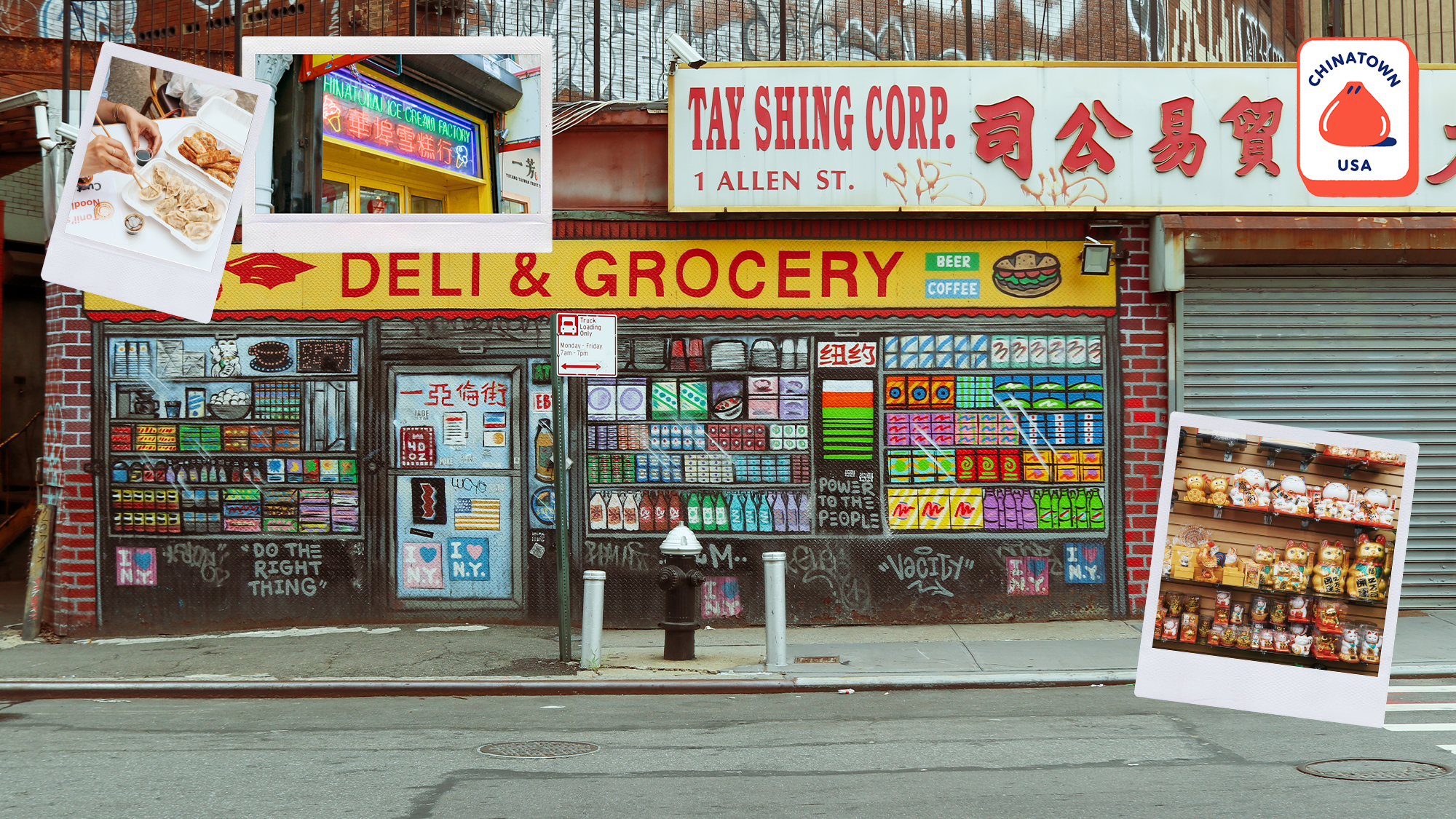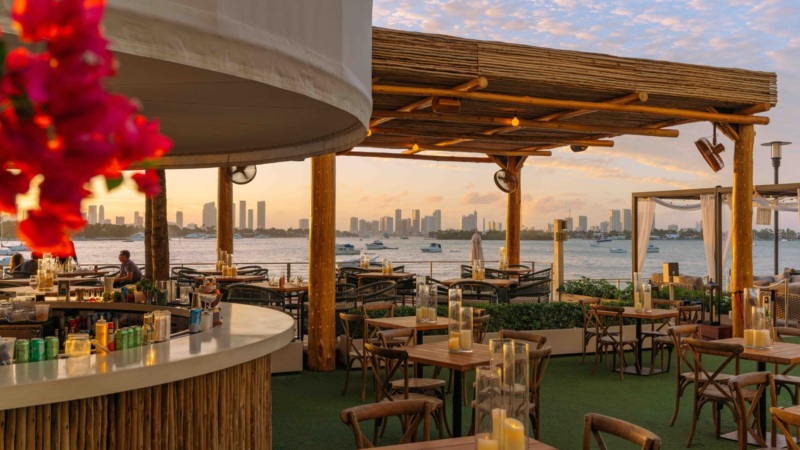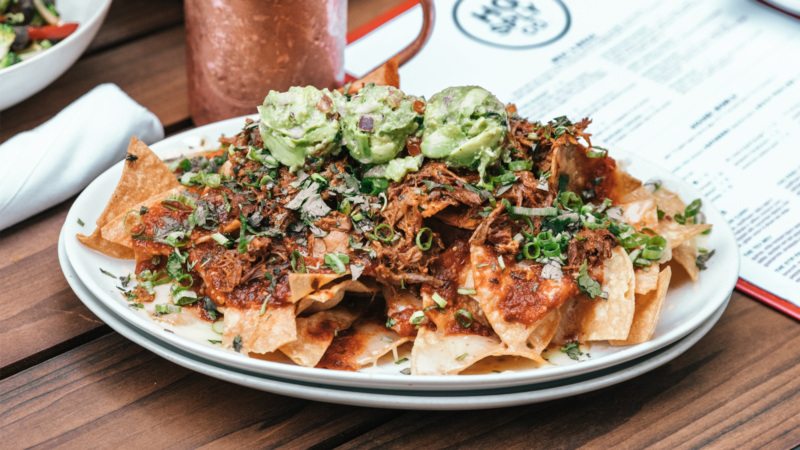

Chinatown Is Our Town
Everyone has their own Chinatown stories to tell. Many of them have to do with food — for good reason.
As far back as 1848, Chinatowns have been an essential part of American communities. First, they were safe havens for Chinese immigrants, the only places where they could make ends meet, often by running restaurants, tiny shops, and laundries. But they’ve remained in our cities for more than 170 years — not just for Chinese or Asian American communities, but as places to find opportunity, discovery, reinvention.
And for all of us to come together to eat.
In 1849, the first Chinese restaurant in America, Canton Restaurant, opened in San Francisco. It seated up to 300 diners and welcomed all of those seeking gold in California, whether they were looking for it in the mountains and streams, or simply trying to make it in this new territory. Here and in those earliest Chinatown restaurants, it never mattered if you were Chinese or not; you were always welcomed.
That was not always the case for those who helped build the nation’s Chinatowns. They dealt with the anguish of exclusion acts, and the sting of immigration quotas. Restaurants found ways to persevere, to combat the racist beliefs that their food and their culture were toxic, or poisonous, or unhealthy, or less than. With chop suey, egg foo young, chow mein, and even pupu platters, they learned to adapt, to build a cuisine that reflected both roots and American tastes.
Today, a few of those stalwarts remain. These are places like New York’s Wo Hop, Chicago’s Three Happiness, and San Francisco’s Sam Wo — many of which are now helmed by the second- or third-generation members of the families who started them.
But if there’s one constant to Chinatowns, to Chinese restaurants in America, it’s that they have continuously evolved over time — and they will continue to.
Alongside our favorite Chinatown standbys have come newer restaurants that introduced flavors, techniques, and culinary traditions not familiar to Americans. Today, Chinatowns are filled with specialists in the cuisines of specific regions beyond Guangdong (the home of Cantonese cooking), from provinces like Hunan, Yunnan, Sichuan, and Shandong. From Taiwan, too. This new generation of Chinese immigrant restaurant owners is following in the footsteps of those who came before them, but they’re also charting a new path for how to share a taste of home in their new home, and to serve their fellow recent arrivals, along with everyone else.
Chinatowns, and their businesses, have managed to survive wars, bigotry, and economic woes. But this current pandemic hit them first among American communities and, in some ways, hit them the hardest, just as previous plagues and epidemics have. “Wuhan” became a divisive word. Fear quickly led to empty dining rooms and markets well before other restaurants and stores were ordered to close. Once-bustling streets went eerily quiet.
By mid-April, nearly 60% of Chinese restaurants throughout America stopped accepting credit and debit card transactions, by one estimate, a possible indicator of closures. Today, Chinatowns across America witness daily, permanent closures, often of businesses that have become community cornerstones. The old murmurs of otherness have returned. This despite a simple, evident truth: That for nearly two centuries, Chinatowns have welcomed each of us, with bowls of rice, boxes of egg tarts, platters of noodles, and steamers filled with dumplings.
Indeed, so many of our experiences with Chinatown and Chinese culture have started through food. Who can forget the first time they went to a dim sum parlor? Perhaps it was your first encounter with phoenix claws, aka chicken feet? Or maybe it was trying to find a way to eat xiao long bao without losing its soupy filling? Early mornings warmed with bowls of congee? Or that first taste of orange chicken from Panda Express?
For that matter, Chinatowns have also changed the way we dine, not just in those neighborhoods, but across America and around the globe. Like when San Francisco restaurateur Johnny Kan and his friend, George Hall, introduced and popularized the Lazy Susan in the 1950s at his restaurant, Kan’s. Or, like Shorty Tang, the chef who introduced Americans to sesame noodles at his restaurant in the 1960s, a legacy that continues with Hwa Yuan Szechuan in Manhattan’s Chinatown.
Even the oldest of Chinatown restaurants have found ways to meet the 21st century, as with Wilson Tang, whose family’s 100-year-old Nom Wah Tea Parlor endures not only in Lower Manhattan, but opened not long ago in Shenzhen, China. And a new generation of restaurants is offering a far more personal take on Chinese American cooking, as with Brandon Jew, of Mister Jiu’s in San Francisco; or Chao Wang and Lu Dong of Hunan Slurp, who cured their their homesickness by offering their interpretations of the flavors of Hunan. They can coexist with spots like Tai Tung, Seattle’s oldest Chinese restaurant, where third-generation owner Harry Chan still obliges Bruce Lee fans seeking out the kung fu master’s favorite booth. Chinatowns can embrace the new, without falling prey to that particular American obsession with it.
▪️
The depth of economic pain in this current pandemic has presented us all with a challenge: We can either support our local Chinatowns, or we can watch these communities fade away. The latter is unthinkable, if you comprehend how vital they have been to our collective history.
That truth has been evident to those who’ve worked since the early days of COVID-19 to save both Chinatowns and Chinese American businesses throughout the country: people like Patrick Mock and Tony Chen of 46 Mott in Manhattan Chinatown, who kept their Cantonese-style bakery open throughout the pandemic, donating up to 450 meals per day. Or people like Jennifer Tam and Victoria Lee, two friends who launched a grassroots initiative, Welcome to Chinatown, aimed at helping Chinatown businesses, raising $170,000 since March and delivering thousands of meals to frontline workers.
At Resy, we conceived this project to share the stories of Chinatown — some you may have heard, many you likely never have. We wanted to embrace our common love of restaurants — in general, but especially in Chinatowns across the nation (and beyond) — as a reminder that these places matter to all of us, which means we all have a responsibility to help them survive.
Why? Because the story of America’s Chinatowns is, in many ways, the story of America itself. More than that: As author Jennifer 8. Lee noted in her book, The Fortune Cookie Chronicles, there were more Chinese restaurants in America before the pandemic than McDonald’s, Burger Kings, and Wendy’s combined. In other words, Chinese food is American food.
We can’t imagine it any other way.
Deanna Ting is a Resy staff writer. Follow her on Instagram and Twitter. Follow Resy, too.





















